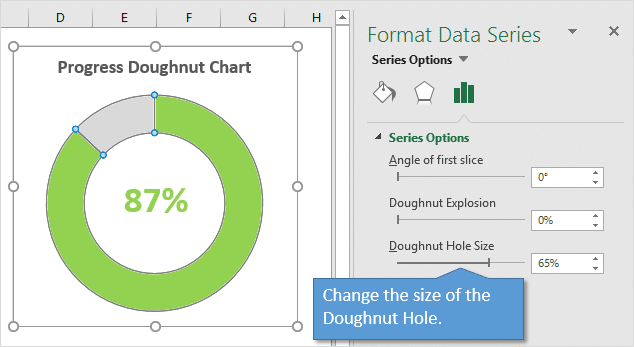
/cookie-shop-revenue-58d93eb65f9b584683981556.jpg)
NOTE: It is generally easier to read a three-dimensional graph or chart when the data with the lowest values is “in front.” The best way to accomplish this is to sort the data before creating the chart. Select the entire data area you want to graph (including the row labels) and then select Data > Sort.Once the report is imported, change the column labels to the appropriate labels (in this example, 2004 - 2007).NOTE: In Step 1 of the Text Import Wizard, start the import at row 5 instead of row 1. Import the data file into Microsoft Excel (refer to Using the Excel Import Wizard for more information).The report was run for 4 Years, Beginning, based on Fund Subtype. NOTE: This example uses the Grants > Trends and Analysis > Full Grant Status Report. In FIMS, run the desired Trends and Analysis report.Keep in mind that although specific data is used in this procedure, you can apply these steps to any data you want to use. NOTE: This procedure uses the Full Grant Status report as its source. A three dimensional graph is the most effective way to view and compare the trends in all six categories, and is easy to produce using a standard FIMS Trends and Analysis report and Excel.


If we added lines to show expenses from all Fund subtypes over the same time period, the graph would become hard to read. In this line graph we only represent one Fund category (Donor advised Grants).

For example, you might use a pie chart to depict a given year’s Grant expenses categorized by Fund subtype (Donor advised, designated, field of interest, etc.).Ī line graph or a bar graph are better choices to portray a change over time. These types of charts and graphs include pie charts, line graphs, and three-dimensional graphs, among others.Ī pie chart is useful when you need to depict static proportions in a defined time period. Excel allows you to create several kinds of charts and graphs to depict your data in a graphical format.


 0 kommentar(er)
0 kommentar(er)
